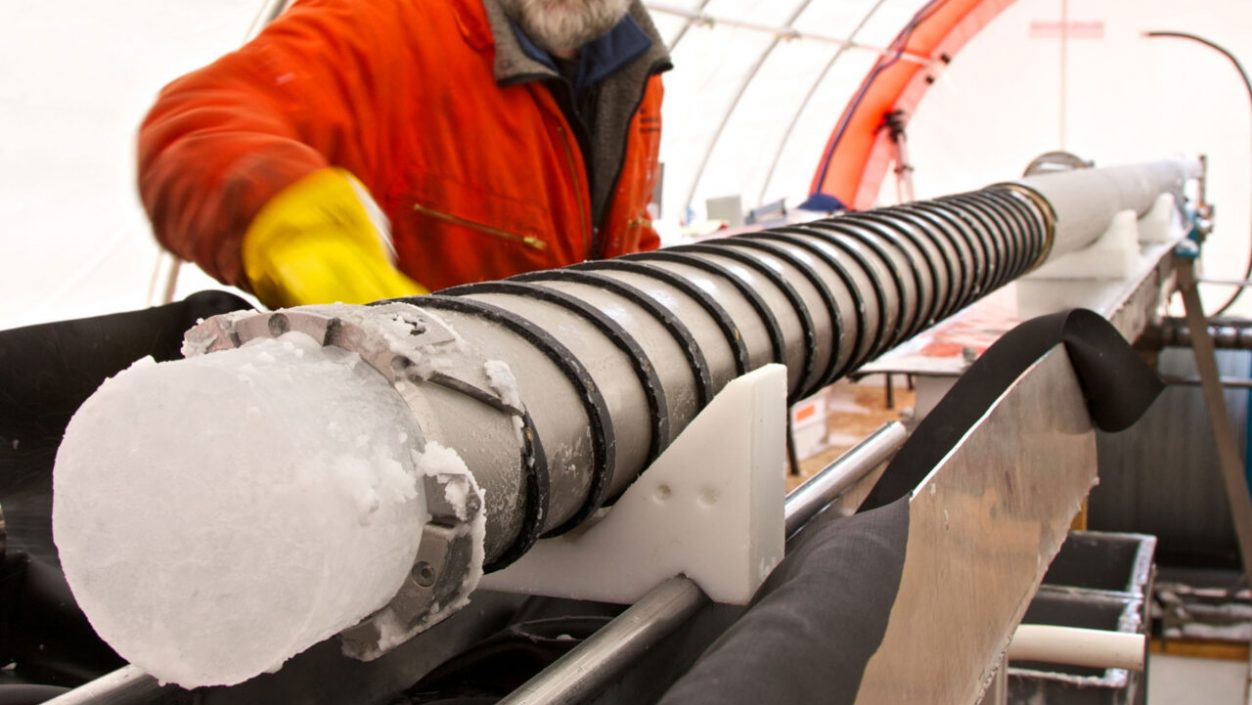Nevada desert research institute Atmospheric researchers (DRI – the name indicates the headquarters of the institute, not its research specialty) have identified strange traces of soot in ice cores prominent in Antarctica: more than 700 years ago, soot levels rose sharply, and this rise continues to this day.
Soot is released into the atmosphere as a result of burning biomass (forests and plants), and more recently, burning fossil fuels. In cooperation with an international research team, Nevada experts sought to find out the source of the soot. The The results were published in the journal Nature . And they pointed to a rather strange origin: the forest burns burning Maori lands in New Zealand may be a source of soot. As a result of this burning, it has vastly exceeded all soot emissions in the Southern Hemisphere in the 2,000 years before industrialization!

From the age I found in the ice samples, one can read the beginning of the forest burns in New Zealand, that is, the Maori settlement there.
Source: DRI
“We had the idea that going back a few hundred years, to pre-industrial times, we’d find a clean, untouched world, but our research showed that we’ve had an impact on the environment for more than 700 years that the South,” said Joseph McConnell, head of research. The ocean has also left its mark on Antarctica.”
Researchers examined six Antarctic ice holes using a method developed at McConnell Laboratory in 2007. The amount of soot in holes on James Ross Island tripled 700 years ago and peaked in the 17th and 18th centuries, but has remained largely stable in Specimens highlighted across the continent. Subsequently, atmospheric modeling was used to calculate that Tasmania, New Zealand and Patagonia could be considered sources of soot. Databases summarizing the local effects of previous fires at these sites were then examined, and only in New Zealand was the burning of forests. About this time, about the year 1300, the Maori conquered and inhabited the territory of New Zealand, and after their arrival, they began to burn. Although the exact time of Maori settlement was not known, according to radiocarbon dating, it has also been considered in the thirteenth and fourteenth centuries, they may have arrived in New Zealand around 1297 based on soot from burning the forest.
The same group of researchers had previously studied lead pollution in antiquity in the northern hemisphere, using similar methods to infer the source of the pollution detected in Greenland’s ice, which was during the Roman Empire. “Even the most remote and untouched parts of the world were not immune to human activities even before industrialization,” McConnell added.






